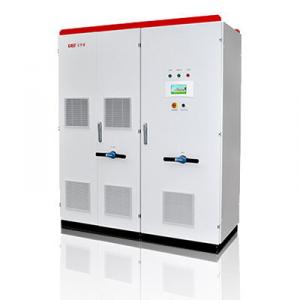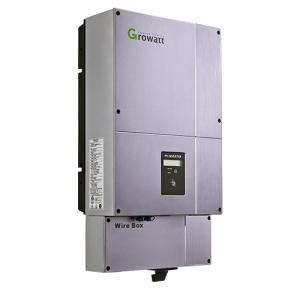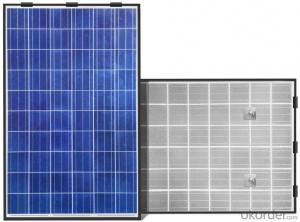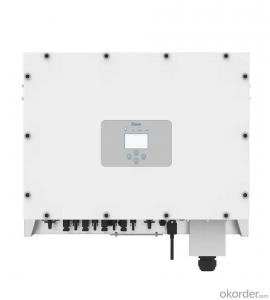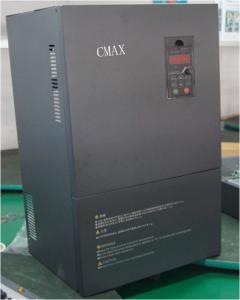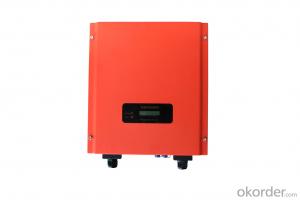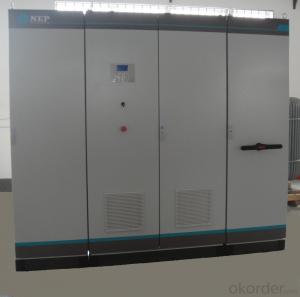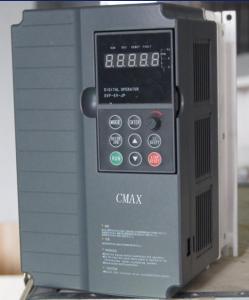Solar System Inverter Sizing
Solar System Inverter Sizing Related Searches
Solar Inverter Sizing Sizing Solar Inverter Solar Inverter Sizes Solar Inverter Size Inverter Size For Solar System Solar Pv Inverter Sizing Standard Solar Inverter Sizes Solar Panel Inverter Size Solar Inverter Size Chart Solar Edge Inverter Sizes Oversizing Solar Inverter Solar Inverter Configuration Oversized Inverter Solar Undersizing Solar Inverter Inverter With Solar System Solar System Inverter Cost Inverter In Solar Solar Inverter Comparison Solar Inverter Description Solar System Inverter Solar Power Inverter Diagram Solar System Inverter Price Solar Panel Inverter Diagram Solar Inverter Upgrade Solar Module Size Inverter In Solar Power Plant Inverter In Solar Panel System Solar System Inverter Types Inverter In Solar Energy Solar Inverter FeaturesSolar System Inverter Sizing Supplier & Manufacturer from China
Solar System Inverter Sizing is a crucial aspect of designing and implementing solar energy systems, as it ensures that the inverter is appropriately matched to the solar panels and the energy requirements of the system. This product plays a vital role in optimizing the performance and efficiency of solar installations, thereby maximizing the return on investment for homeowners and businesses alike.In various applications and usage scenarios, Solar System Inverter Sizing is essential for determining the correct inverter size to meet the specific needs of the solar system. Whether it's a residential rooftop installation, a commercial solar farm, or an off-grid power system, accurate inverter sizing is key to ensuring that the system operates at peak efficiency and reliability. By carefully considering factors such as the total power output of the solar panels, the energy consumption patterns of the property, and any potential future expansion, solar professionals can select the right inverter to optimize the performance of the solar system.
Okorder.com is a leading wholesale supplier of Solar System Inverter Sizing products, offering a vast inventory of high-quality inverters from reputable manufacturers. With a commitment to providing exceptional customer service and competitive pricing, Okorder.com is the go-to source for solar professionals looking to equip their projects with the right inverter for the job. By partnering with Okorder.com, customers can be confident that they are receiving the best products and support to ensure the success of their solar energy projects.
Hot Products
